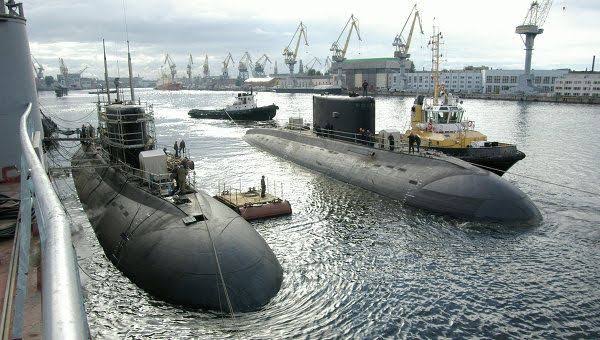Submarines have always been a source of fascination for many people. These underwater vessels, which are capable of operating silently and invisibly beneath the waves, have played an important role in many significant historical events. But submarines are not just for military purposes; they have also become increasingly popular for research, exploration, and even tourism. In this article, we will take a closer look at the world of submarines, how they work, and the exciting ways they are being used today.
What is a Submarine?
A submarine is a watercraft that can operate the water, designed to travel long distances underwater. Submarines come in different sizes and shapes, but the most common design is a cigar-shaped vessel with a conning tower at the top. The conning tower is where the periscope is located, allowing the crew to see above the water without surfacing the entire vessel. The crew quarters, control room, and engine room are located inside the hull, which is typically made of high-strength steel and surrounded by ballast tanks that can be filled with seawater to help the submarine submerge and dive.
How do Submarines Work?
Submarines operate using a unique technology called the "dive system," which allows the vessel to submerge underwater and maintain buoyancy at different depths. The dive system is composed of several interconnected tanks, including the ballast tanks, which are used to control the submarine's buoyancy. By filling the ballast tanks with seawater, the submarine becomes heavier than water and sinks. To resurface, the crew pumps air into the ballast tanks, forcing the seawater out and making the submarine lighter than water.
The propulsion system of a submarine is also unique. Unlike surface vessels that use propellers to move forward, submarines use a combination of electric motors and diesel engines to drive the propellers. The electric motors are powered by batteries that are recharged by the diesel engines when the submarine is on the surface. When the submarine is submerged, it runs on battery power, which can be depleted quickly, limiting the vessel's underwater endurance.
Submarines are also equipped with sophisticated navigation systems, sonar, and other sensors that allow the crew to navigate, detect other vessels or objects in the water, and maintain communication with the surface. In addition, submarines are designed to operate silently and undetected, using stealth technology to avoid detection by enemy forces.
Uses of Submarines
The primary use of submarines has been for military purposes, including reconnaissance, intelligence gathering, and attacking enemy ships or targets. Submarines played a significant role in both World War I and World War II, and continue to be an essential part of many naval fleets around the world.
However, submarines are not just for warfare. They are also being used for scientific research, ocean exploration, and even tourism. Submarines can travel to depths that are difficult or impossible for divers to reach, providing researchers with a unique perspective on the ocean's mysteries. For example, submarines have been used to study deep-sea ecosystems, hydrothermal vents, and shipwrecks.
Tourist submarines offer passengers a chance to explore the underwater world without getting wet. These vessels are typically smaller and less sophisticated than military or research submarines, but they still provide a unique perspective on marine life and underwater landscapes. Some tourist submarines are even equipped with large windows or observation decks to allow passengers to see the underwater world up close.
The Future of Submarines
As technology advances, the uses of submarines will continue to evolve. One area of interest is the development of autonomous underwater vehicles (AUVs) that can operate without a crew onboard. AUVs can be used for research, exploration, and even military purposes, without risking human lives. AUVs can also stay submerged for longer periods than manned submarines, providing researchers with extended access to the deep sea.
Another area of interest is the development of submarines that can operate in space. NASA is exploring the use of submarines to explore oceans on other planets, such as Jupiter's moon, Europa, which is believed to have a subsurface ocean. Submarines could be used to explore and study the oceans on Europa, providing scientists with valuable insights into the possibility of extraterrestrial life.
